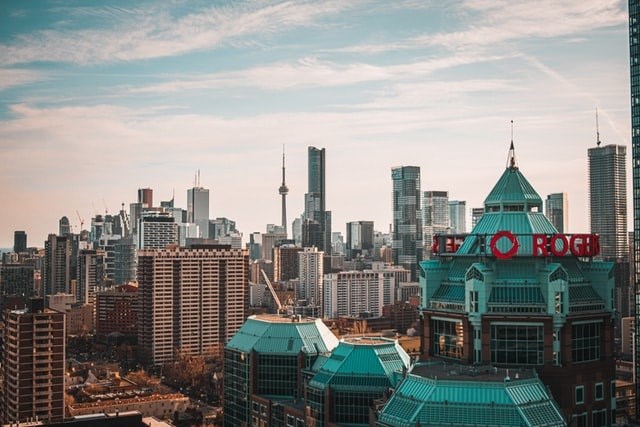Rogers Communications has agreed to acquire Shaw Communications in a cash deal that the firms hope to close in early 2022. The deal values Shaw at $ 40.50 per share, a 69% premium to Shaw’s March 12 closing price and a 50% premium to our fair value estimate. In contemplating how this transaction affects our fair value estimates for Rogers and Shaw, our two foremost considerations are the seemingly very rich premium Rogers paid and whether the deal is likely to get regulatory approval. We believe approval is more likely than not and intend to raise our Shaw fair value estimate substantially to reflect our probability-weighted view.
We don’t intend to materially change our Rogers fair value estimate. The firms claim that with the expected $1 billion in synergies, the deal values Shaw at 7.6 times 2021 EBITDA. This multiple is in line with what our fair value implies for Shaw on a standalone basis, suggesting no value accretion or dilution for Rogers in our view. However, as we believe there is some risk to being able to execute on the synergies the firms forecast, we are more likely to move our Rogers valuation modestly down than up. From a broader point of view, we believe this deal would benefit each of the big three national wireless providers, so we think Telus and BCE are winners, as they get the benefit of an improved market structure without taking on the risk that Rogers is. We believe each of the big three providers remain undervalued.
This deal requires approval from multiple Canadian regulatory bodies, and while there are reasons regulators might prefer the firms remain separate, we don’t believe they have a strong case to block it. Most importantly, the companies are not major competitors--80% of Shaw’s revenue and 90% of its EBITDA come from its wireline business, which has essentially no overlap with that of Rogers. In wireless, we estimate Shaw has only 4%-5% national market share, leaving it a minor player based on that metric.
However, we see the argument regulators could make to block the deal, which we believe would focus on the wireless business, despite Shaw’s small size. Regulatory actions and rules of spectrum auctions indicate regulators prefer four national wireless competitors, and Shaw has made major strides in recent years to position itself as the fourth. Although Shaw’s wireless business remains relatively tiny, it has shaken up the industry. Most notably, we think it is responsible for moving each of the major companies to offer unlimited data plans and keep pricing down with its consumer-friendly and innovative deals. Shaw is not a fourth major wireless competitor based on customers and is unlikely to ever be, but it has affected the industry as one would. We believe eliminating Shaw could mute wireless competition.
We were taken aback by the premium Rogers paid, but if it realizes the synergies it forecasts, we believe the price is fair. Management sees $1 billion in synergies within two years of the deal closing, primarily through operating cost savings. While we’re sure there are many areas of overlap that can result in significant savings, the disparate wireline footprints and small size of Shaw’s wireless business make us question whether management is being slightly aggressive, especially given the commitment to maintain many Shaw jobs in western Canada. We’re more bullish on the prospect for long-term revenue synergies, which management said was not a significant portion of its $1 billion projection. However, we believe the revenue upside will come in the longer term and that Telus’ and BCE’s top-line prospects are improving nearly as much as Rogers’.
In our view, the biggest benefit to wireless sales throughout the industry will come through better pricing power for the three major providers. We have been forecasting a poor outlook for increasing average revenue per wireless customers because of aggressive price competition throughout the industry, but we believe that pressure was mostly driven by Shaw. By taking out the agitator, we would expect each of the big three to have better long-term pricing power.
We see some risks to Telus and BCE from a stronger competitor, but we don’t think they’re significant. Rogers believes it will now have a better enterprise offering with a nationwide wireline network, but we see enterprise as far less consequential than wireless and consumer wireline.
We’re also aware that with a network that would now cover nearly all of Canada’s population, Rogers can come up with innovative deals like Shaw has with Shaw Mobile, where it offers wireless service for very little to wireline subscribers and uses its wireline network so customers can offload wireless data to WiFi. Promotions like these could be meaningful, but Rogers could have already been doing that in Ontario and hadn’t yet chosen to do so. Of course, this deal would make Rogers the only competitor that has sizable wireline customer bases in the major population centers of both the east and west, giving it a new and unique proposition for wireless customers, but such a move would likely invite a response from competitors, and we don’t think Rogers management would want to open that line of competition when, unlike Shaw, it is not an insurgent looking to gain market share at any cost but rather an industry leader looking to protect a crown jewel.






















